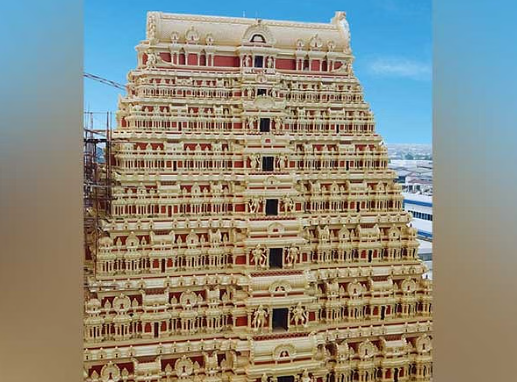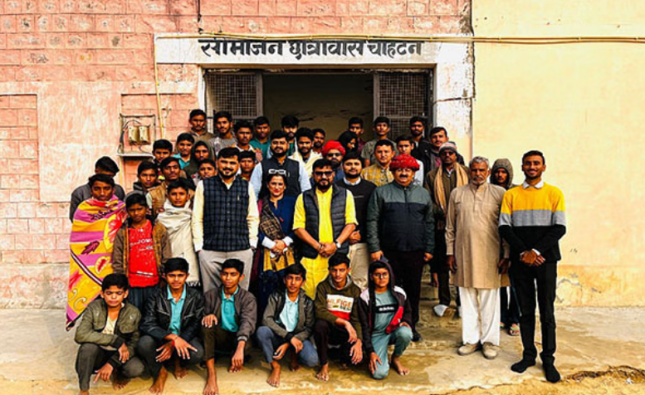New Delhi, July 14 (Our Newspaper’s Name): The capital city of India, Delhi, is grappling with an alarming flood situation as heavy rainfall continues to lash the region. The downpour has exacerbated the already dire flooding situation in the city, posing significant challenges to the lives and infrastructure of its residents. Immediate action is urgently required to address the escalating crisis.
According to the latest data from the Indian Meteorological Department (IMD), Delhi has witnessed a staggering 200 millimeters of rainfall in the past 24 hours alone. This relentless deluge has caused water levels in major rivers and drains to surge, overwhelming the city’s drainage system and leading to severe waterlogging in several areas.
The current flood situation has severely disrupted normal life in Delhi, with transportation services severely affected. Many low-lying areas are submerged, rendering roads impassable and causing immense hardships for commuters. Pedestrians, too, face significant challenges as they navigate through knee-deep waterlogged streets, risking their safety in the process.
The heavy rainfall has not only inundated residential areas but has also impacted critical infrastructure. Hospitals, schools, and other public facilities are struggling to function amidst the waterlogged conditions. Power outages have become increasingly common as electrical infrastructure bears the brunt of the flooding, further compounding the difficulties faced by the residents.
In the wake of the worsening flood situation, rescue and relief operations have been initiated by the local administration. The Delhi Disaster Management Authority (DDMA) is working round the clock to provide immediate assistance to affected residents. Several teams comprising local authorities, police, and National Disaster Response Force (NDRF) personnel have been deployed to carry out rescue operations and evacuate those stranded in waterlogged areas.
The situation demands swift and coordinated efforts from all stakeholders to minimize the impact of the floods. The civic bodies and relevant government agencies must prioritize clearing the waterlogged areas, ensuring the smooth functioning of essential services, and restoring normalcy as quickly as possible.
Furthermore, the existing drainage infrastructure in Delhi must be critically evaluated and upgraded to handle the escalating rainfall patterns witnessed in recent years. Investments in modernizing the drainage system, coupled with comprehensive urban planning that takes into account climate change, can significantly mitigate future flood risks.
It is crucial that the central and state governments collaborate to provide sufficient financial resources and technical expertise to effectively address the ongoing crisis. Additionally, raising public awareness about flood preparedness and educating residents on precautionary measures can help reduce the vulnerability of the city and its residents to such calamities.
In conclusion, Delhi’s flood situation has reached a critical point due to heavy rainfall, causing widespread waterlogging and disruptions in the city. Immediate measures are necessary to ensure the safety and well-being of the residents, along with a long-term strategy to bolster the city’s resilience against future floods. Only through concerted efforts and effective planning can Delhi overcome this crisis and emerge stronger in the face of mounting climate challenges.



